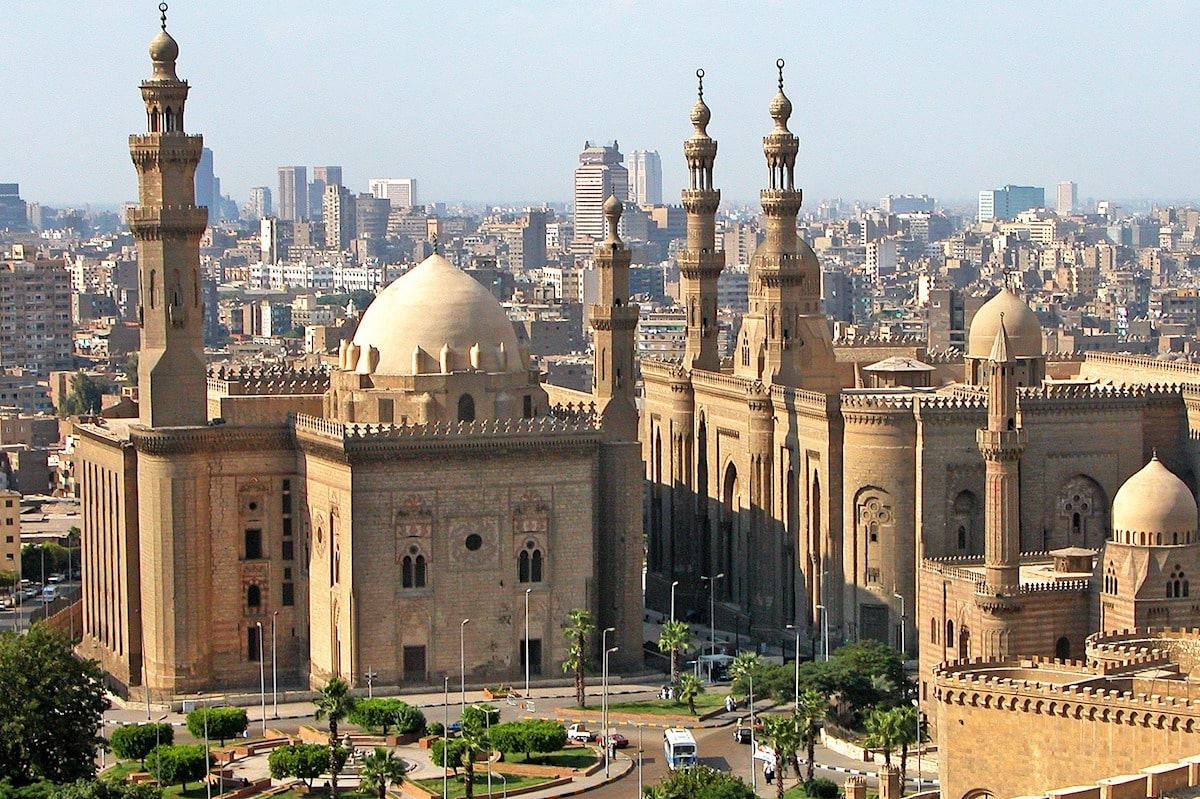Cairo is one of the most compelling and chaotic cities you'll experience, and also one of the most memorable. Crossed by the Nile, Africa's largest and most cosmopolitan city is the gateway to the world's greatest ancient wonders and civilizations, but also home to 17 million people who make it buzz with life at any hour of the day or night.
Diverse architectural styles, extreme wealth and poverty, Parisian boulevards and crumbling façades, skyscrapers and minarets, appalling traffic, lively cafés and nightclubs, make up a city that may not conquer you at first sight, but that will leave a lasting impression.
What to See and Do in Cairo
Decide what you really want to see in Cairo based on your interests -- whether that's architecture, art, street life or simply snapping a few photos by the main landmarks. We highlight the best attractions in different categories and, to help you plan, link you to their location on Google Maps () or to their official website or tour options ().
- The Landmarks, Icons, and Instagram Spots
- Modern and Contemporary Art
- Classic Art and Top Museums
- Striking Architecture and Major Monuments
- City Life and Main Streets
- Shopping
- Eating and Drinking
As the one remaining Ancient Wonder of the World, the Giza Pyramids are one of the world's most truly spectacular sights. They date from 2570BC and are still fascinating today, especially due to their mysterious construction. Going on a tour is a must.
The Townhouse Gallery shows the more contemporary side of Cairo, with photography, video, and film exhibitions mostly by local artists.
The Egyptian Museum has been showing all of the country's great treasures for over a century. It has the world's most extensive collection of ancient Egyptian antiquities, and with so much to show, a large part of it remains in storage awaiting the construction of a larger space.
But what you'll find on display is enough to awe you for hours, especially the fabulous jewelry, the mummy rooms, and King Tutankhamun's stunning collection. To get the most out of the visit, you can go on a
private tour.
The Coptic Museum houses another important collection, the world's largest of Christian or pre-Islamic Egypt artwork. Particularly interesting are the Christian scenes with Egyptian gods.
You may also want to take a look at the Museum of Islamic Arts, with pieces from all over the Islamic world, such as ceramics, woodwork, crystal, and textiles.
The Cairo Tower was the world's largest concrete structure when it was completed in 1961. It still stands out in the city's skyline today, and you can go to the top for city views and a drink or meal at the café and restaurant.
You'll find as many tourists as locals at the bustling Khan El-Khalili bazaar,
a must-do experience for the variety of products (from crafts to spices) on sale, for a stop at the many cafés and, above all,
to enjoy the haggling with a good dose of sense of humor.
Finally, the perfect way to end a visit to Cairo is going down the Nile on a cruise. You'll see traditional lateen-rigged
sailboats called falucas by the docks offering rides at reasonable prices, or you can go on a pre-booked
Nile cruise.
Visiting the souks in Cairo (especially Khan El-Khalili) is more for capturing local color (and the scent of the spices) than to do any serious shopping. Walking around the city will take you past artisans selling their painted papyrus, perfumes, and a variety of crafts, but there isn't a real major shopping district. Just keep your eyes open as you walk around and you just may discover some authentic pieces created by local artists and designers.
Egyptian food may not be as exciting as Moroccan or other North African cuisines, but Cairo does offer some good dining options. Most are inexpensive and have some attractive surroundings, especially those facing the Nile. Most of the best restaurants are in hotels, and while those tend to focus on international cuisine, many blend local traditions.




